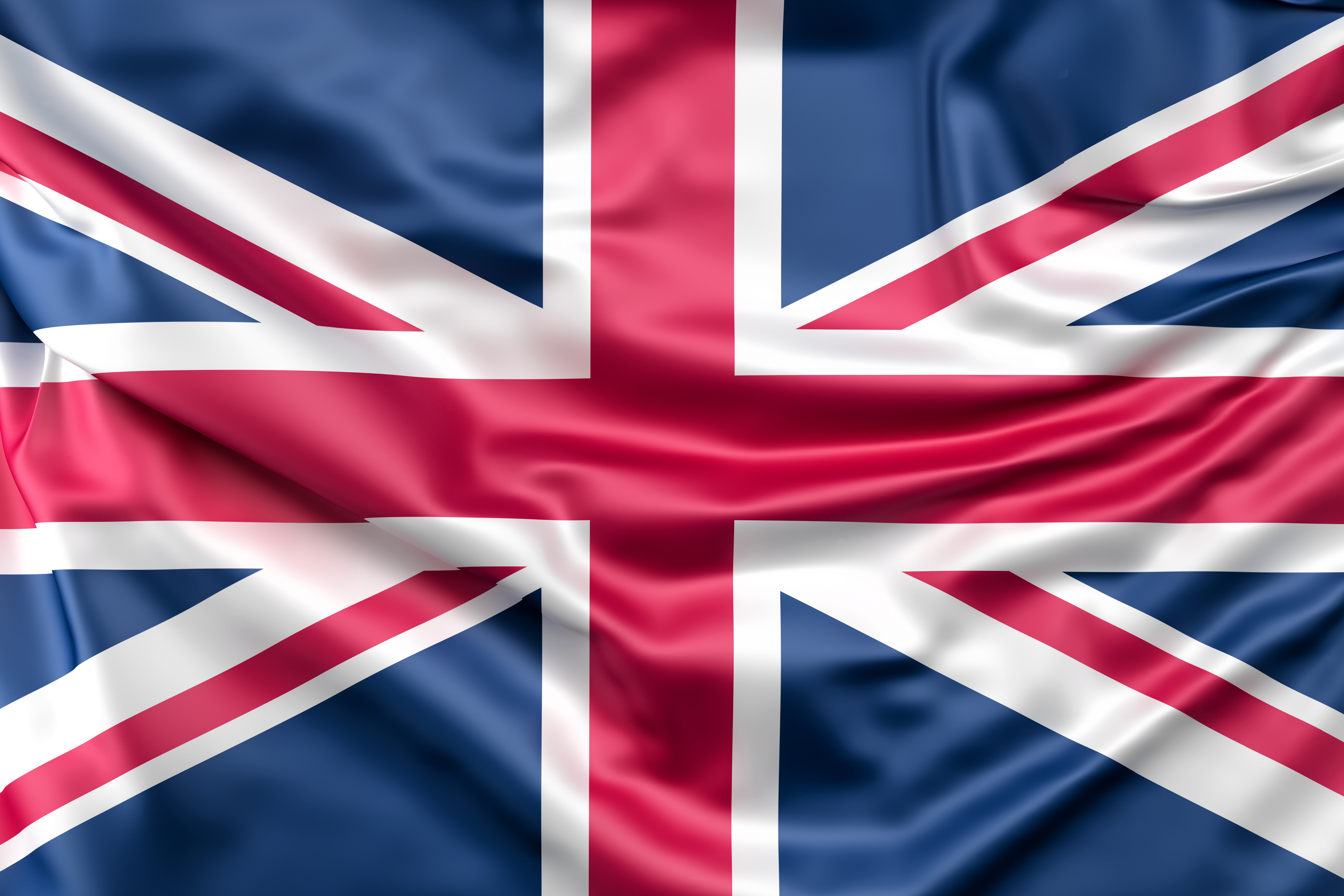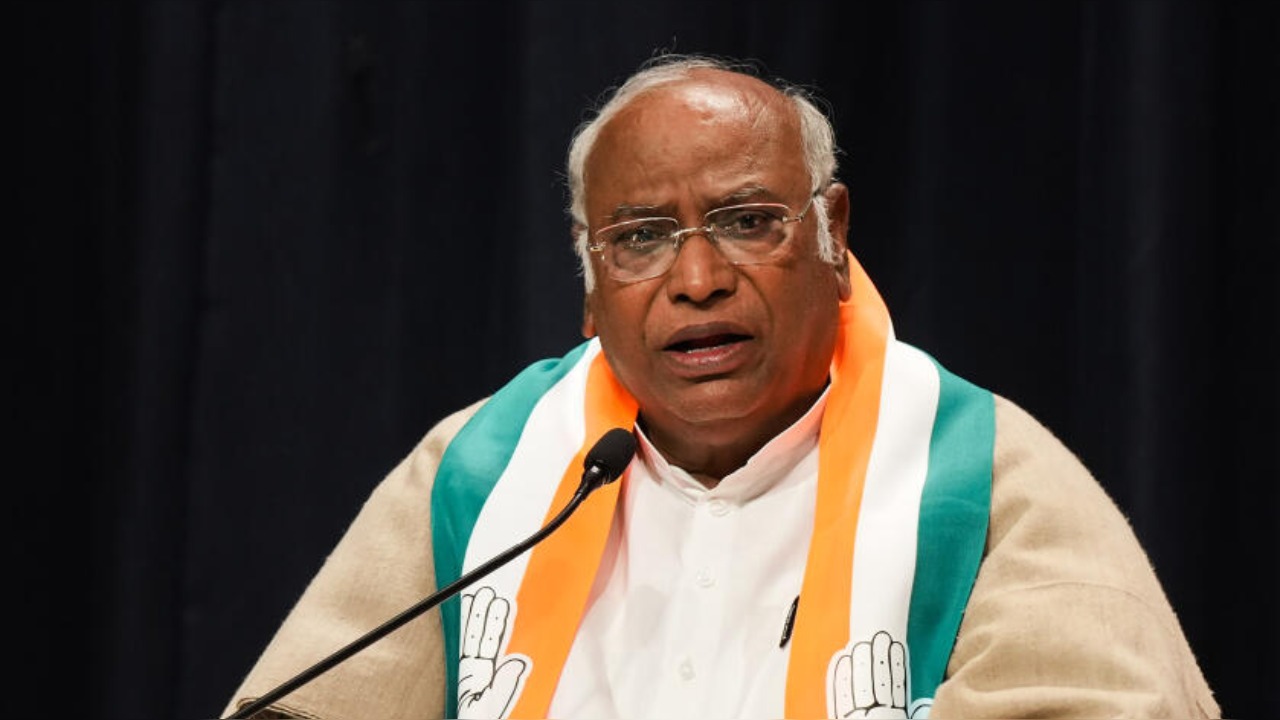Permitting unrestricted Russian oil trade remains unacceptable: US
The western price cap on Moscow's petroleum products is designed to force it to continue selling oil but for lower prices than it could otherwise obtain
PTI
New Delhi, 4 April
The US on Thursday
said permitting an unrestricted Russian oil trade was and remains
"unacceptable" and the western price cap on Moscow's petroleum
products is designed to force it to continue selling oil but for lower prices
than it could otherwise obtain.
At the same time,
US officials said Washington has not asked India to reduce the volume of its
oil import from Russia. The G7 price cap mechanism made it possible to stunt a
major source of funding for Moscow's war machine while also maintaining a
stable energy supply to Europe and to emerging markets, US Assistant Secretary
for Economic Policy Eric Van Nostrand said at an interactive session at the
Ananta Centre.
"Emerging
markets like India benefited from the discounted price of Russian oil relative
to global markets," he said, asserting that the price cap mechanism was
aimed at forcing Russia to sell oil at lower prices.
Nostrad noted that
the price cap is designed to foster a market in which Russia supplies energy at
a heavily discounted price while maintaining the volume of energy supplied and
at the same time minimising Moscow's profit.
In December 2022,
the G7 grouping and its allies announced a cap on the price of Russian oil as
part of a series punitive measures against Moscow in view of its invasion of
Ukraine. The price cap restricts countries to pay more than USD 60 a barrel. "Permitting
an unrestricted Russian oil trade was and remains unacceptable: it would allow
Putin to profit from a price spike he created," Nostrand said.
"However,
taking steps to suddenly remove Russian oil from the market such as by banning the
use of Coalition services in any Russian oil trade would risk spiking global oil prices further
for the emerging economies most dependent on imported energy," he said.
"The
Coalition identified the price cap as the way to best navigate these risks. The
price cap has two goals: to limit Putin's oil profits and to maintain stable
global oil supply. Effectively, the price cap is designed to force Russia to
continue selling its oil but for lower prices than it could otherwise
obtain," he added.
The US Assistant
Secretary for Economic Policy said the price cap was met with considerable
skepticism in 2022, but over the year following its announcement, the US and
its international coalition were pleased with the effectiveness of the policy. "We
saw the Kremlin's tax revenue from oil drop more than 40 percent over the first
nine months of 2023, compared to the same period a year earlier, and we were
gratified to see that the price cap worked in practice as well as in theory --
that this policy mechanism made it possible to stunt a major source of funding
for Putin's war machine was possible while also maintaining a stable energy
supply to Europe and to emerging markets," he said.
Acting Assistant
Secretary for Terrorist Financing Anna Morris said Russia has been building up
an infrastructure of ships, insurers, and other maritime services with
providers with opaque ownership structures in view of the price cap. "In
the second half of 2023, we observed Russian efforts to build up an
infrastructure of ships, insurers, and other maritime services with providers
with opaque ownership structures and a history of sanctions evasion activities:
sometimes colloquially known as the 'shadow fleet'," she said.
Leave a Reply
Your email address will not be published. Required fields are marked *











.png)






.png)

